President William Ruto’s reported annual earnings of approximately $126,000 place him among the highest-paid leaders globally when assessed relative to Kenya’s GDP per capita.
In 2023, Ruto’s salary was nearly 20 times the average economic output per person, equivalent to about 1,993% of Kenya’s GDP per capita.
This percentage draws attention to the striking income disparity between Kenya’s top leadership and the country’s average citizen, highlighting broader concerns around economic equality and public sector compensation in Kenya.
To understand this income disparity in context, a comparative look at other world leaders’ salaries reveals substantial differences. For instance, Singapore’s Prime Minister Lawrence Wong reportedly earns around $1.7 million annually, the highest leader’s salary worldwide.
However, Wong’s salary is about 1,158% of Singapore’s GDP per capita, a relatively smaller margin compared to Ruto’s.
Swiss President Viola Amherd and Australian Prime Minister Anthony Albanese also earn significant incomes in nominal terms, yet their salaries reflect lower relative percentages due to their countries’ higher GDP per capita.
In the U.S., President Joe Biden’s salary of $400,000 per year represents around 490% of the U.S. GDP per capita, a ratio far below Ruto’s.
These contrasts underscore how Kenya’s economic realities differ from those of high-income countries, where average citizens enjoy higher GDP per capita levels.
Kenya’s per capita GDP is approximately $6,300, a figure that reflects a lower overall income level across the country.
This lower GDP per capita puts Ruto’s salary into stark relief, suggesting that top leaders in Kenya earn substantially more than the average citizen—an imbalance that some Kenyans view as concerning, given the country’s economic challenges.
Many Kenyans face a high cost of living, limited access to stable income, and challenges in obtaining basic services, which heightens the scrutiny on public sector salaries.
This disparity has sparked debates on public accountability and whether high compensation levels for public office holders are justifiable, especially in economically challenging times.
Advocates for salary reform argue that such income gaps between leadership and average citizens can perpetuate feelings of inequality, potentially undermining trust in government institutions.
There is a call for public sector wage structures to be more closely aligned with the average Kenyan’s economic reality, ensuring that leaders’ earnings reflect a commitment to equitable public service.
The high salary ratios seen in Kenya are not unique, as many low- and middle-income countries face similar income disparities between government officials and the general populace.
However, in Kenya’s case, the issue resonates due to ongoing economic struggles, including high unemployment rates and inflation, which impact a large portion of the population.
Many citizens question whether the government’s salary structures reflect the ethos of public service or if they contribute to widening economic divides.
Kenya’s income disparity issue is part of a broader, global conversation.
Across the world, citizens are increasingly advocating for greater transparency and accountability in public sector compensation, questioning the ethical implications of high salaries for leaders in countries where significant portions of the population face financial hardships.
In some nations, such as New Zealand and Denmark, leaders have enacted measures to curb income inequality, either by freezing top salaries or linking them to national economic indicators.
Kenya could consider similar steps to balance leadership compensation with the economic reality of the average Kenyan, thereby strengthening public trust.
President Ruto’s salary is aligned with global leadership compensation on a nominal scale, its outsized proportion relative to Kenya’s GDP per capita underscores the need for a balanced approach to public sector wages.
This approach could help align leadership earnings with the socio-economic experiences of Kenyan citizens.
Engaging in transparent discussions around government salaries and implementing policies that reflect public service ethics can foster a more equitable economic landscape, enhancing public trust and promoting national cohesion amid financial burden.
It is evident that public leaders’ compensation and the economic well-being of average citizens remain closely linked in the quest for equitable growth and stability.






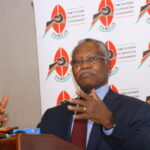
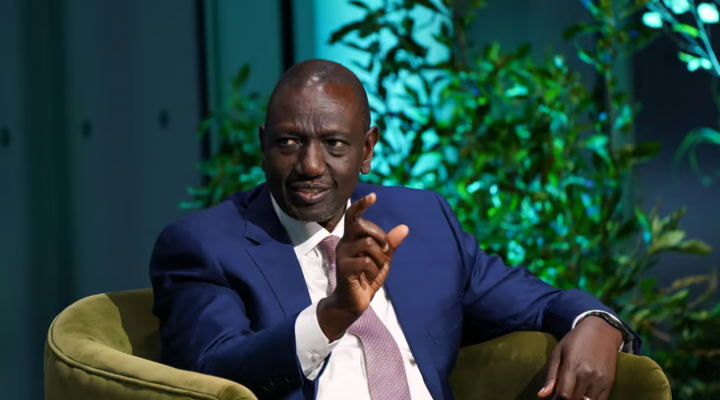

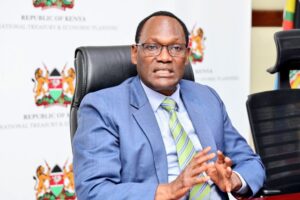
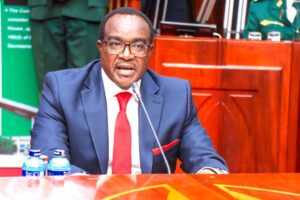

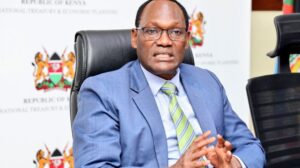
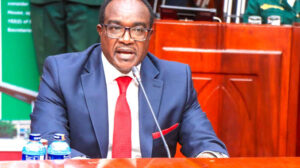




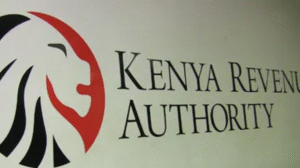


Add Comment